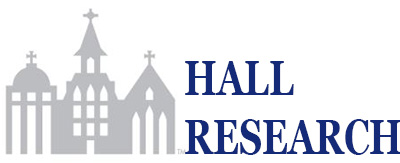Sponsor: National Endowment for the Arts
Deadline: May 24, 2012
Link: http://www.arts.gov/grants/apply/GAP13/Challenge.html
Grants for Learning Labs in Libraries and Museums will support planning and design activities for spaces that foster experimentation and creativity for middle- and high-school youth in library- and museum-based, out-of-school-time settings. The labs should be grounded in evidence-based research on youth, and should be designed to support youth learning in such 21st century skills as critical thinking, problem solving, communication, collaboration, and STEM (science, technology, engineering, and math). These grants will enable grantees to develop comprehensive plans for programs, space, staffing, and budgeting for their Learning Labs. The awards may also be used to prototype certain lab activities or experiences. In addition, the grants may be used to support emerging learning labs that are already in the process of serving middle- and high-school youth with innovative digital media and learning and need additional funds to enhance their efforts, provided that they are aligned with the grant program criteria. Each grant is expected to result in a feasible plan for implementing and sustaining the Learning Lab envisioned by the applicant library or museum. All grantees will be expected to participate in a series of in-person and web-based activities throughout the grant period in order to gain expertise and resources, stay informed about new research and promising practice, learn from each other, and provide mutual support for planning, design, and eventual, post-grant, implementation. This will require a strong institutional commitment over the course of the initiative. The goal is to create a community of practice that will help place the nation’s libraries and museums at the forefront of 21st century learning for youth. The primary goals for the Learning Labs grants are to •promote museums and libraries as innovation hubs for middle- and high-school youth that facilitate 21st century learning; •use current research, design, and programming principles to develop effective spaces for youth that combine digital and traditional media; •use traditional and digital media tools for youth learning; •build the capacity of library and museum professionals as mentors and creators of effective youth programs and learning environments; •increase use of museum and library resources as hubs of effective out-of-school time community networks for learning; and •create a network of prototype projects that can provide new models that can be shared and iterated across the museum and library sector.
